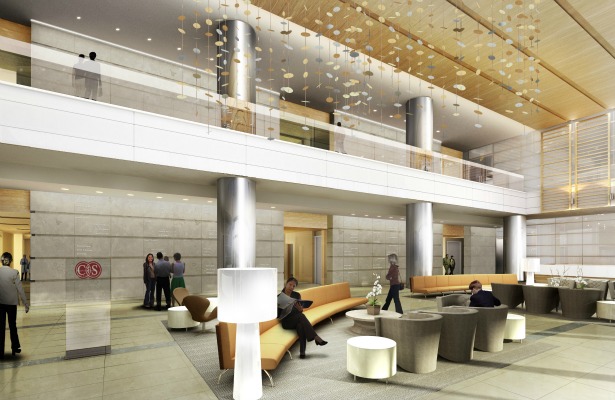Where the evidence exists to support it, design has the potential to increase safety, promote healing, and even end up saving money.
No matter how close a health care center comes to resembling a spa, or how well a hospital room imitates a hotel suite, its primary job is to heal, not pamper. With the scarcity of health care dollars already preventing people from receiving access to basic care, it’s easy to look on hospitals’ pouring of money into design as unconscionable excess.
But while indulgence surely occurs for indulgence’s sake, numerous studies have established that the environment — its colors, sounds, and other design characteristics aside from its cleanliness — may have a direct influence on health and healing. Elements like artificial light and unwanted sounds have been linked to physical effects similar to those caused by stress, such as raised blood pressure, along with symptoms of depression. Natural light has been shown to have mood-elevating and pain-easing qualities; the presence of trees and nature appear to impact human health in subtle but measurable ways as well. Easing anxiety and creating a positive atmosphere for healing, it is argued, can lead to tangible outcomes.
“A revolution in the science of design is already under way,” according an article in last week’s New York Times’ Sunday Review. This is certainly the case in health care: the emerging field of “evidence-based design” aims to introduce elements of construction and atmosphere proven to promote healing.
The tactic is purely logical from a basic science perspective. Rugs, for instance, may be a bad choice for a space simply because carpeting houses more bacteria than bare floors.
Check out the entire article here on The Atlantic
